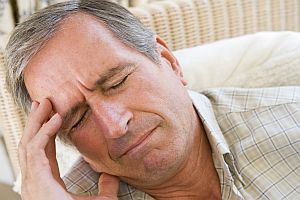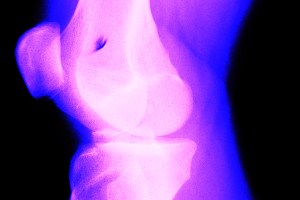Can Chiropractic Care Really Reduce Your Sensitivity to Pain?
 Chronic back pain is a worldwide problem. According to the 2010 Global Burden of Disease report, it is the single leading cause of disability worldwide. In America, an estimated $50 billion is spent each year to treat back pain. And that figure doesn’t even take into account broader economic or societal costs that come with lower productivity and wages lost to work absences. As a result, chronic pain (whether it’s located in the back, neck, head or elsewhere in the body) and its treatment is an issue—either directly or indirectly—affects all of our lives.
Chronic back pain is a worldwide problem. According to the 2010 Global Burden of Disease report, it is the single leading cause of disability worldwide. In America, an estimated $50 billion is spent each year to treat back pain. And that figure doesn’t even take into account broader economic or societal costs that come with lower productivity and wages lost to work absences. As a result, chronic pain (whether it’s located in the back, neck, head or elsewhere in the body) and its treatment is an issue—either directly or indirectly—affects all of our lives.
Over the years, there have been tens of thousands of anecdotal reports from patients who found relief from their chronic pain as the result of chiropractic spinal manipulation therapy (SMT). There have also been a number of research studies that documented pain relief after receiving spinal adjustments, especially with regard to decreased sensitivity to pain. But critics have always been able to suggest that the pain relief experienced in these studies might be due more to the placebo effect and “expecting” relief than to the therapy itself.
New research from the University of Florida, published in the February issue of the Journal of Pain, provides demonstrable proof that the pain relief from spinal manipulation therapy is the result of the therapy itself, and not simply the result of patient expectations. In this study, researchers worked with 110 participants suffering from chronic back pain. They assigned them randomly to four groups. A control group received no intervention at all, the SMT group received real spinal manipulation therapy, a third group received placebo SMT (non-chiropractic manipulations designed to simulate treatment) and the fourth group received “enhanced” placebo SMT accompanied by instructions that said “The manual therapy technique you will receive has been shown to significantly reduce low back pain in some people.” Patients then received their therapies or mock therapies six times over a period of 2 weeks. Pain sensitivity was assessed at the start and the end of the experiment.
The study design was thus intended to determine how much of any pain relief experienced by the test subjects was due to the placebo effect. Patients in the real SMT group experienced much more significant reductions in their sensitivity to pain than the control group (as expected), but also more pain reduction than either of the placebo SMT groups, including the group that had been “implanted” with the expectation that it would relieve their pain. The researchers suggest that real spinal manipulation therapy created changes to central nervous system response or the processing of neural pain input that the placebo treatments did not. They attributed the pain relief to “the modulation of dorsal horn excitability and lessening of central sensitization. This suggests potential for SMT to be a clinically beneficial intervention.”
These results should not surprise either chiropractors or their patients, who have had first-hand experience with spinal manipulation for years and understand its potential to reduce pain sensitivity in patients. But it is useful information to those who still doubt chiropractic’s ability to provide real relief without drugs or surgery. The pain alleviation produced by chiropractic adjustments has been determined to be a real and valuable alternative to other types of treatment than may involve far more risk and expense.

